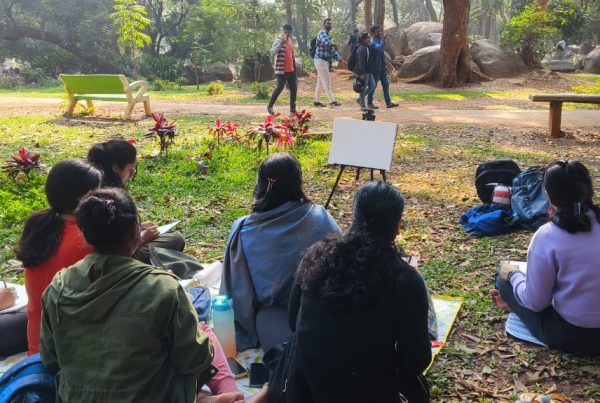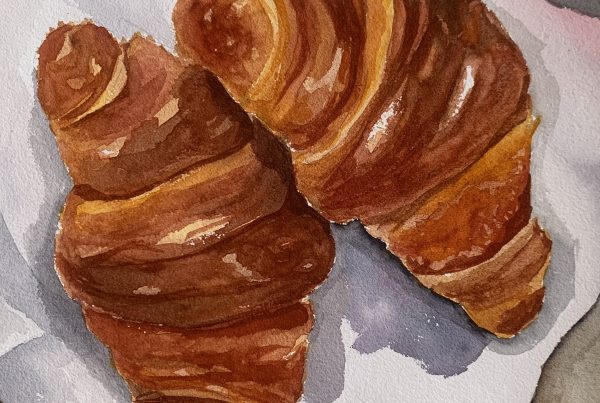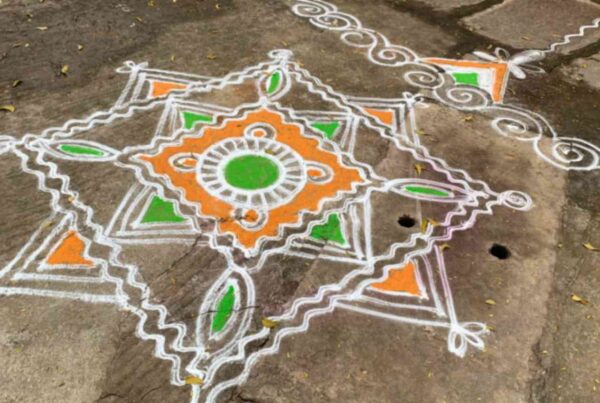TANJORE PAINTING AND SIGNIFICANCE
TANJORE PAINTING also known as TANJAVUR PAINTING originated in Tanjore, a place in Tamilnadu, referred to as the “City of Temples”, with a lot of cultural history, a place known for its art and architectural heritage, with immaculate South Indian culture going on. This form of painting is known for its vivid and detailed illustrations of gods and goddesses emanating rich and religious values.
THE TANJORE ARTFORM.
This art form is very traditional, and exquisite in style originating from Chola reign, it is made and decorated with original gold foil embossed to add shine, durability, value, and aesthetics. It is a handcrafted painting of gods and goddesses and is adorned with details using stones, cut glasses, and paint, leaving an intricate work behind.
HOW TANJORE’S HERITAGE INSPIRES GENERATIONS.
A lot of patience is built in us practicing this, and more focus and devotion into the artform, because it is made with a lot of precision for detailing. For those with clarity, it is a feast to their eyesight, considering how intricate the work is. We build patience, focus, and devotion to the art form depicting perfectionism.
We must learn these kinds of significant art forms as it is important to preserve the cultural heritage and to let art forms get exposed to all parts of the world to inspire more. It comes with a lot of history, so it’s signifying its compelling nature to carry it through generations. Each painting is of enriched value due to its authentic and traditional style.
THE TANJORE PAINTING PROCESS
The time taken to make this painting depends and varies on the size of the medium, it takes from weeks to months to more time depending on the size of the medium. It is mainly known for its rich embellishments. They are locally known as ‘Palagai Padam’ as it is mainly done on solid wood planks.
- The main character is always painted in the middle of the painting.
- Artists usually give a three-dimensional effect to the pictures.
- The first step among the numerous steps in its making, involves drawing the preliminary sketch of the image on the base.
- The base of the Tanjore painting is made up of cloth and is pasted over a wooden base.
- The painting uses a mixture of chalk powder or zinc oxide with water-soluble adhesive to spread on the base.
- After which the picture is drawn and decorated with diamonds, lace, thread, cut glass, pearls, and even semi-precious stones.
LIVING THROUGH THE TEST OF TIME.
There are many other similar art forms of this sort, like the Kerala Mural, Mysore painting, and other similar artworks, similar yet authentic and original in their own ways, from other parts of Southern India, which are intricately detailed, vivid, and traditional.
Each painting entails the experiences of the various gods and goddesses that serve as lessons, like the tales of Krishna and his conquest of the evil that surrounded him.
It is essential that we realize that art is of impact always, ‘ART IMITATES LIFE ‘ and life also imitates art in many ways, it familiarises people with the subjects and contents in it, it connects to the people, and traditional arts reminds us of our roots.
Its preservation is more important than ever as these paintings are an artistic window that helps the current and future generations understand the country’s rich history, diversity, culture, and heritage.
A rendition of the art through the early ages of civilization gives us an opportunity to discover learn and prowess the indispensable impact of art in our lives. Check out efforts to redefine art in the link below, rendering art classes relevant to Kerala mural classes, Kalamkari, Madhubani, gond art, fine arts diploma, sketching foundation, watercolor diploma, diploma in teacher training, junior art lessons, and others.



